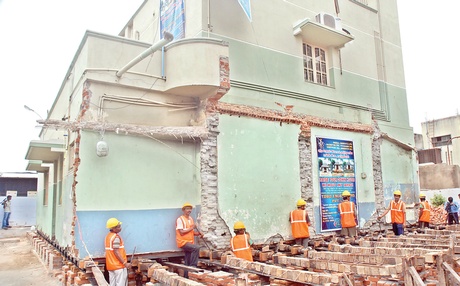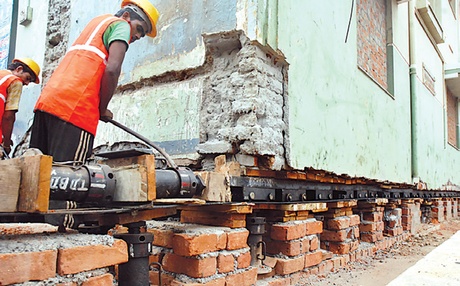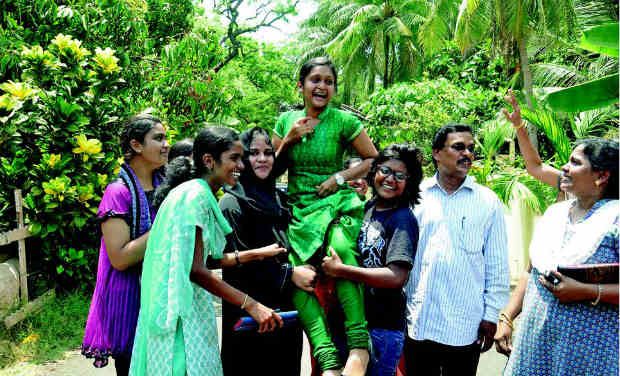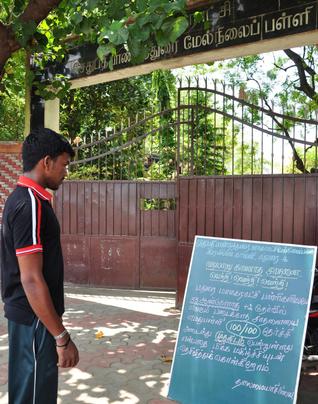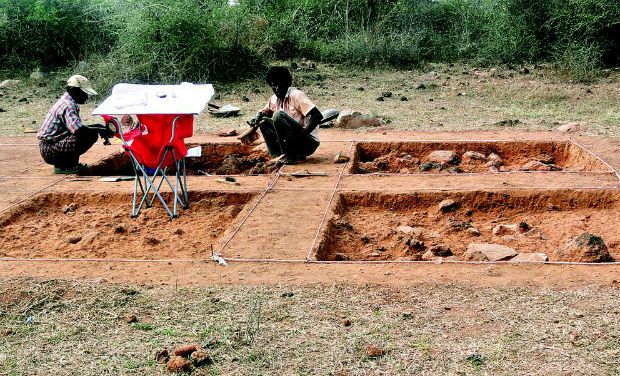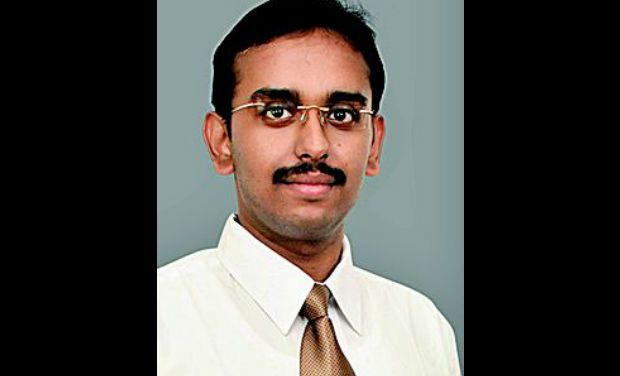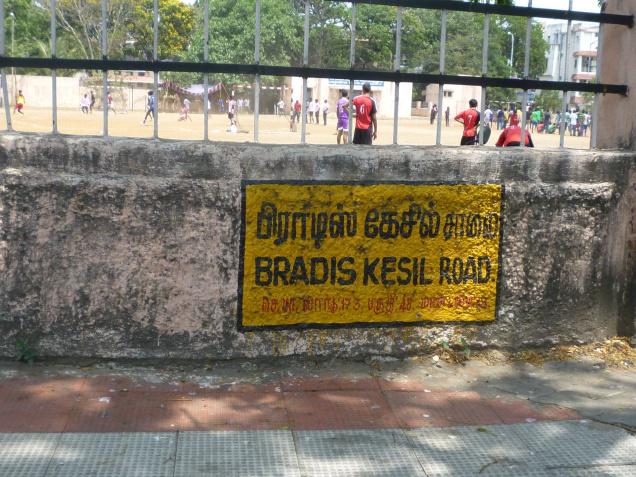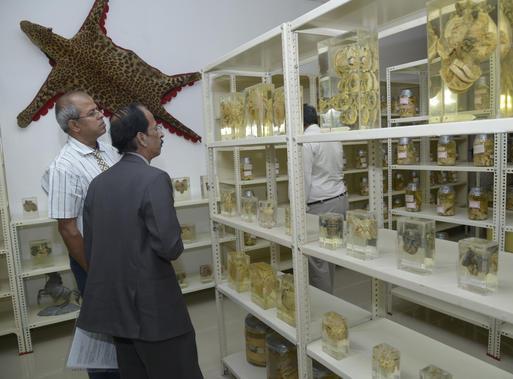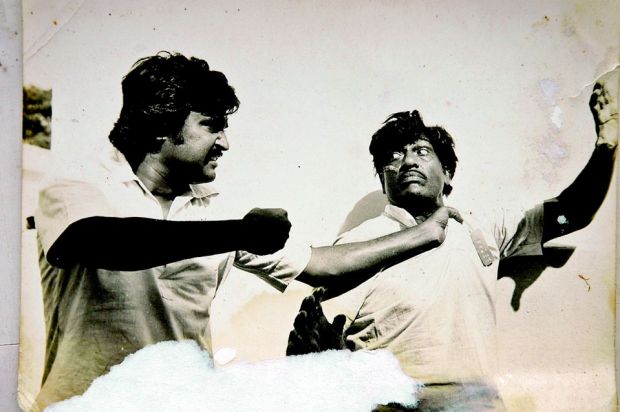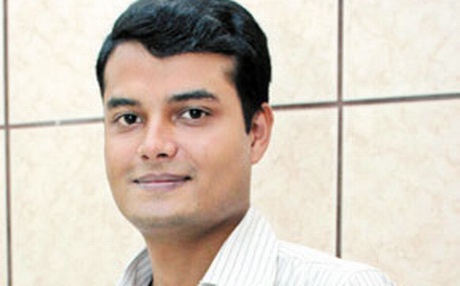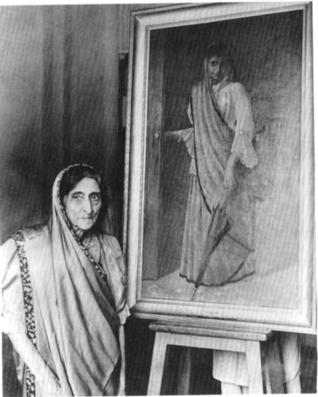
Last week brought the heartening news that the National Art Gallery at the Egmore Museum complex is to be restored at a cost of Rs. 11 crore.
For years, heritage activists have feared that the weak dome would soon collapse.
The Empress Victoria Memorial Hall as it was originally named, had its foundation stone laid on January 26, 1906 by the Prince of Wales, later King George V. Designed by Henry Irwin, it is inspired by Akbar’s Bulund Darwaza in Fatehpur Sikri, though much smaller in size. Completed in February 1909, it became home to the Victoria Technical Institute. In 1951, it became the National Art Gallery, displaying some of the country’s best paintings.
A personal favourite among these, and which I hope will be displayed at a prominent place when the building is restored, is Allamai (Aloo) Khareghat, of a well known Bombay-based Parsi family. It is a rather unusual work of the painter who was better known for his portraits of gods, goddesses, kings, queens and stunningly beautiful women. This is a portrait of a shy Parsi girl, clutching a parasol and setting out for a walk. The story behind the painting is given in Rupika Chawla’s Raja Ravi Varma, Painter of Colonial India(Mapin Publishing, 2010).
The subject is Allamai (Aloo) Khareghat, of a well known Bombay-based Parsi family. Ravi Varma and his brother Raja Varma were frequent visitors to Bombay and while there, became very close to the Khareghats. The artist, according to his sibling, greatly enjoyed conversing with Allamai, who was, “a very intelligent lady having a thorough English education.” One day, Ravi Varma was particularly fascinated by a pose that Allamai struck as she stepped out for a stroll and captured it on canvas.
In 1902, Allamai moved to Madras where her brother Meherwanjee Rustomji Khareghat worked for the PWD. She married Rustom T. Patel, a businessman of Ooty and made her home there. In 1926, the couple’s daughter Mary married Nogi P. Clubwallah, who came from a front-ranking Parsi family of Madras.
Widowed early, Mary dedicated her life to social uplift, joining the Guild of Service, becoming an honorary presidency magistrate and remaining for life a magistrate of the Juvenile Court. Her contributions to the war effort earned her the sobriquet ‘darling’ of the Army from Gen. Cariappa.
In 1952, she founded the Madras School of Social Work, which is now recognised by the government as an institution of higher education. The MSSW pioneered several things we take for granted today — meals on wheels, health centres, bakery units and schools for the deaf. Mary Clubwallah-Jadhav (she married again) was nominated to the Madras Legislative Council in 1946, serving three terms. All this is only a part listing of her contributions and achievements.
In 1952, the Khareghats donated the Ravi Varma painting to the Government Museum. Allamai Khareghat-Patel was present in person as was her daughter. A photographer captured the old lady, standing beside her depiction in the first flush of youth.
source: http://www.thehindu.com / The Hindu / Home> News> Cities> Chennai / by Sriram V. / Chennai – May 14th, 2013
